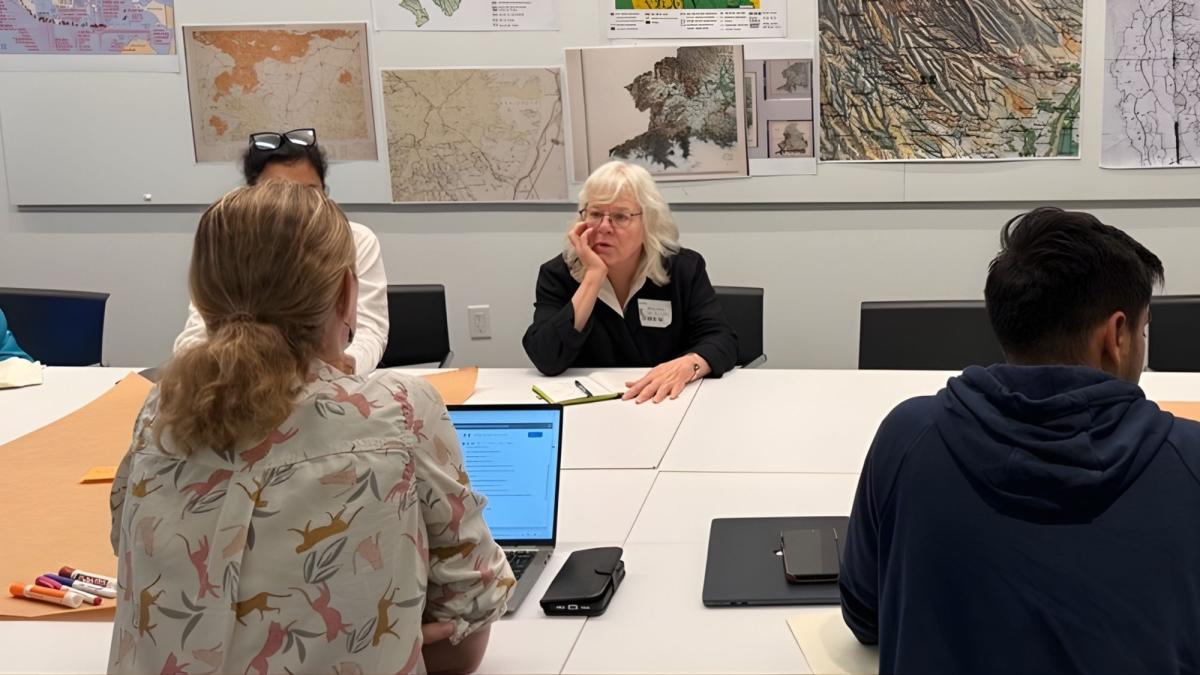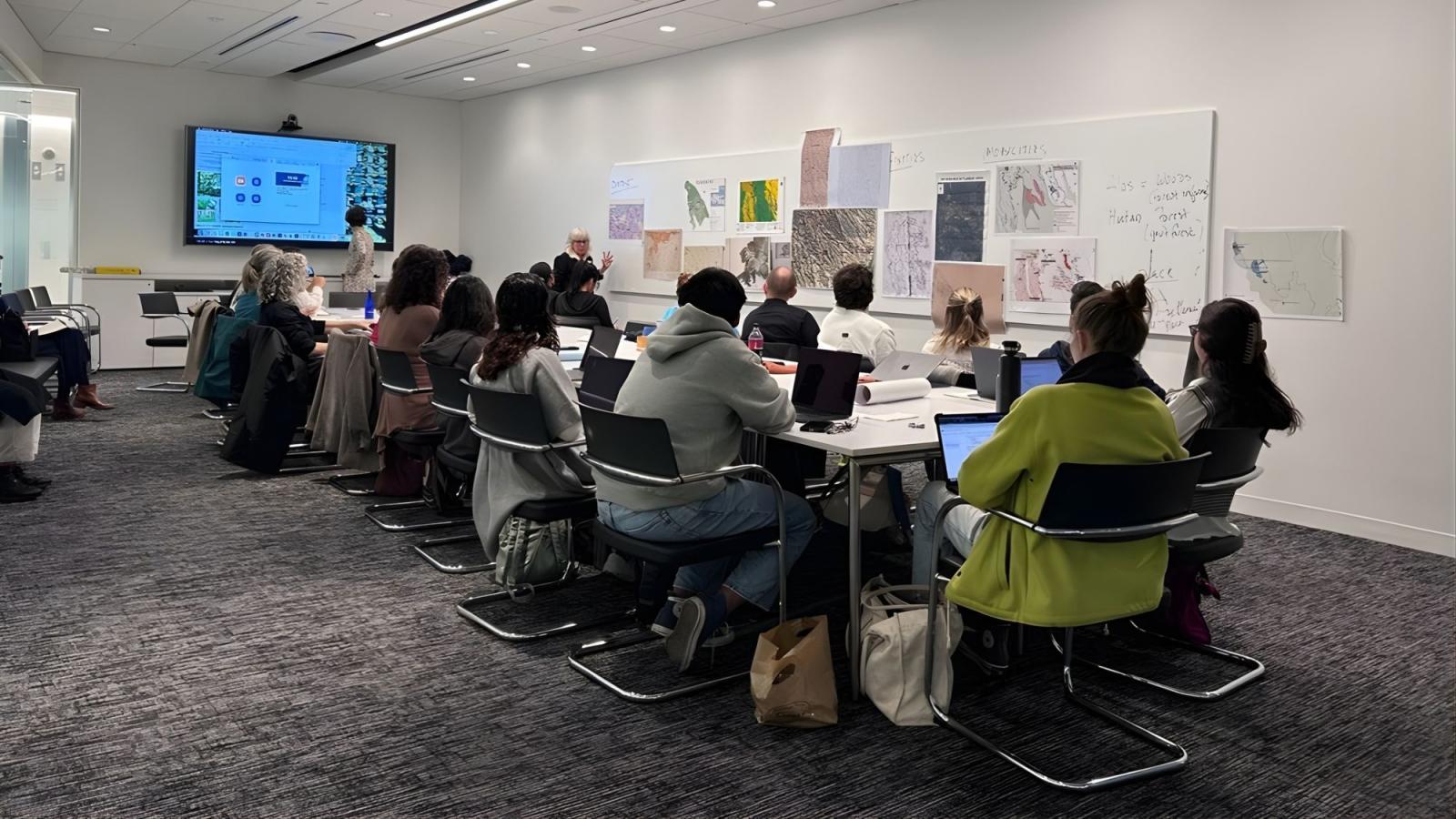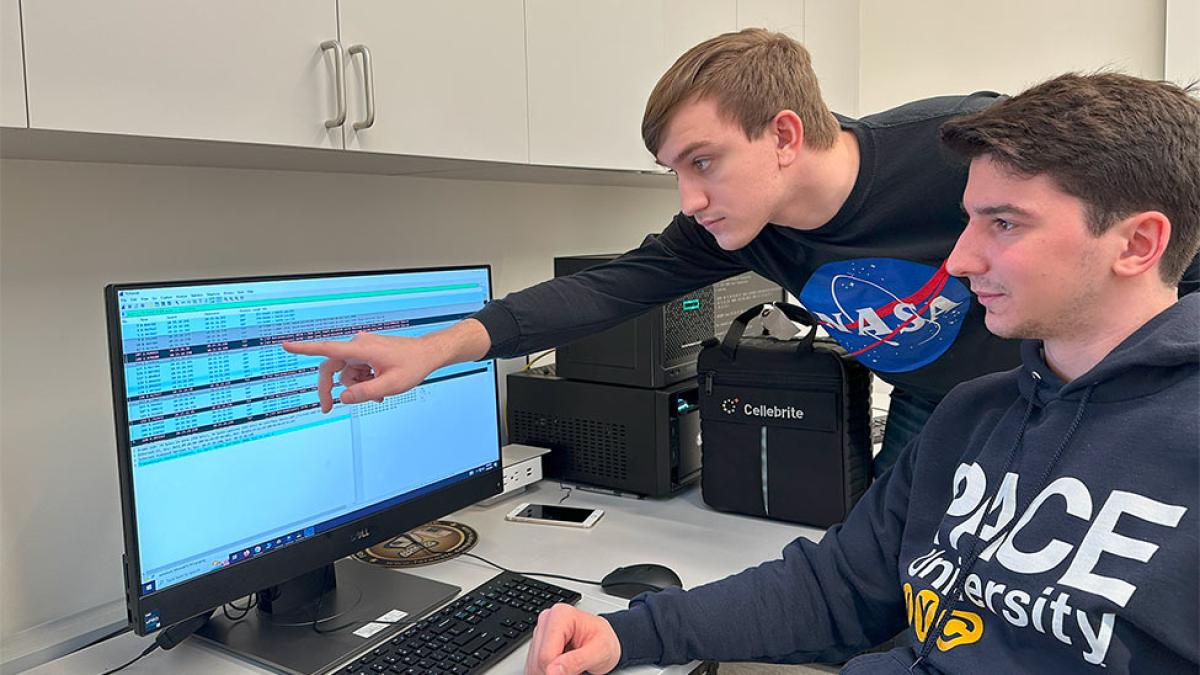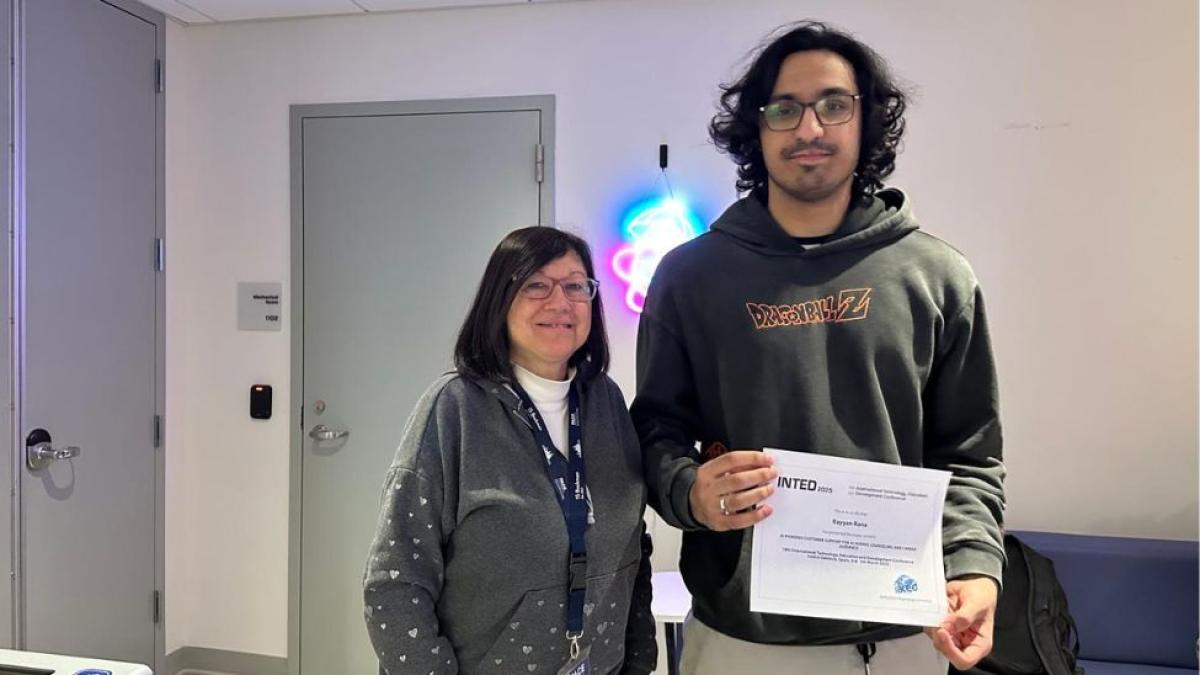
Pace Dyson and Seidenberg Faculty Hold Mellon-Funded Workshop: “Telling Stories with Maps”

On October 15, Pace University sponsored a workshop with Dr. Nancy Peluso, funded by the Mellon grant Islands, Archipelagoes, and Cultural Ecologies.
The workshop, titled “How to Tell Stories with Maps,” grappled with how to use maps to tell stories about changes in the environment over time and its relationship to human migration. Dr. Peluso is known for her work on countermapping. She has worked with indigenous people to show the ways that they make claims to land and resources, and how they relate to the landscapes they live in, stories not often told in “official” maps. Dr. Peluso led an afternoon workshop using maps from her research in Indonesia. She interviewed local residents and found that the official maps did not show how the landscape changed as people migrated. Using historical maps, she showed changes in the forms of settlement on the landscape – where they put their houses, where they produced their food, where they worked on plantations. But other forces that change the landscape were invisible, such as the remittances sent back to Indonesia by women working as housekeepers in Hong Kong, funds that greatly changed the landscape.

This workshop was part of Dr. Jonathan Williams’s independent study course with students from the Seidenberg School’s master’s program in Human-Centered Design. Students were challenged to visually express the changes in the landscape over time and through human migration. Along with these students, other participants from Pace’s Department of Environmental Studies and Science, the American Museum of Natural History, New York City Parks, NYU, and Rebuild by Design took part in the workshop. Participants worked together to grapple with using maps to tell stories of change that are often invisible. “I really enjoyed working with Pace students,” stated Peluso, “as well as with participants from so many New York environmental institutions. They asked great questions and shared interesting ideas about how to tell these invisible stories.” Dr. Williams noted that “Representation in map making extends beyond geographic detail to also include the people, culture, and change that occurs in a place over time. Capturing all this information is a complex visualization challenge for students to address.”
The Mellon grant Islands, Archipelagoes, and Cultural Ecologies is led by Dr. Erica Johnson, E. Melanie DuPuis, Emily Welty, Matthew Bolton, and Anne Toomey from Dyson College and Katy Kuh from Haub Law School.


